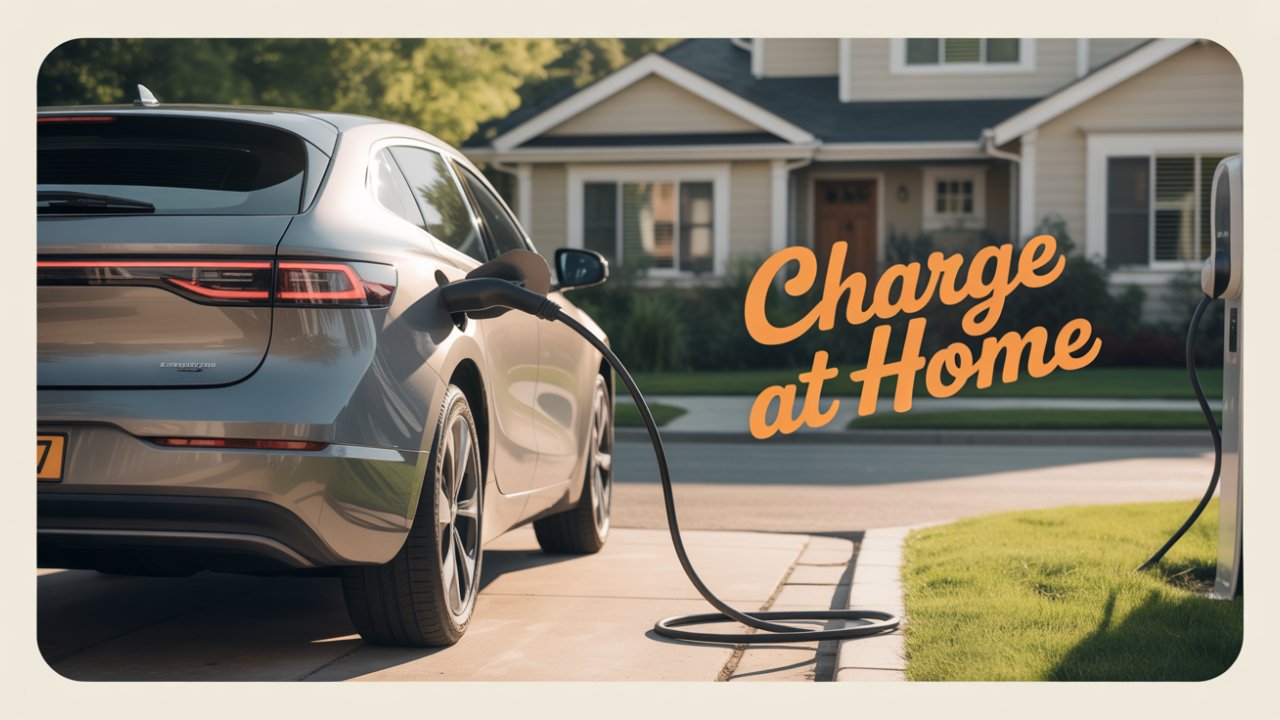Electric Vehicle (EV) Charging at Home – Key Points
- Most EV owners charge their vehicles at home at night using AC Level 1 or AC Level 2 chargers; garages are preferred but outdoor charging is safe with proper equipment.
- Level 1 chargers are usually enough for daily driving and require no extra installation beyond a dedicated outlet near your parking space.
- Level 2 chargers (240V) provide faster charging, ideal for longer commutes or EVs with large batteries; some states and utilities offer incentives to reduce installation costs.
- Smart Level 2 chargers include features like timers, displays, user interfaces, and data collection, while certified equipment ensures safety and reliability.
- Not every home supports Level 2 charging; a certified electrician may need to upgrade wiring or add circuits to accommodate the charger safely.
- Always comply with local and state regulations, obtain permits if required, and follow the National Electrical Code (NEC Article 625) for safe installations.
- EV charging at home is cost-effective; for example, charging a 200-mile range EV can cost around $6 depending on electricity rates and vehicle efficiency.
- Private Wi-Fi and home environment make charging safer and secure compared to public chargers, protecting personal data and valuables.
- Additional benefits include convenience, environmental friendliness, low costs compared to petrol/diesel, daily charging, and the ability to use smart charging features.
- Home charging allows EV owners to plan trips and daily commutes efficiently while providing a safe, economical, and environmentally friendly option.
Disclaimer: This article is for informational purposes only. Please consult a qualified electrician and follow all local regulations and manufacturer instructions before installing EV charging equipment at your home. Costs, safety, and installation requirements may vary depending on location and vehicle type.






